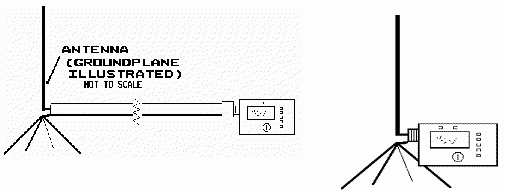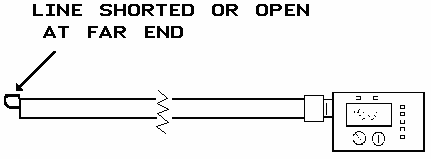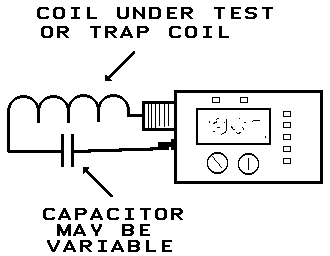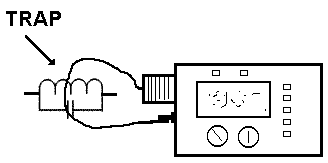RF-1.png) [Manual] [Component Locator] Schematics: [1] [2] | RF-5.png) | VA-1.png) |
Autek Research RF Analyst
Autek Research is no longer in business.This document has been created from materials supplied with purchase.
RF-1.png) [Manual] [Component Locator] Schematics: [1] [2] | RF-5.png) | VA-1.png) |





